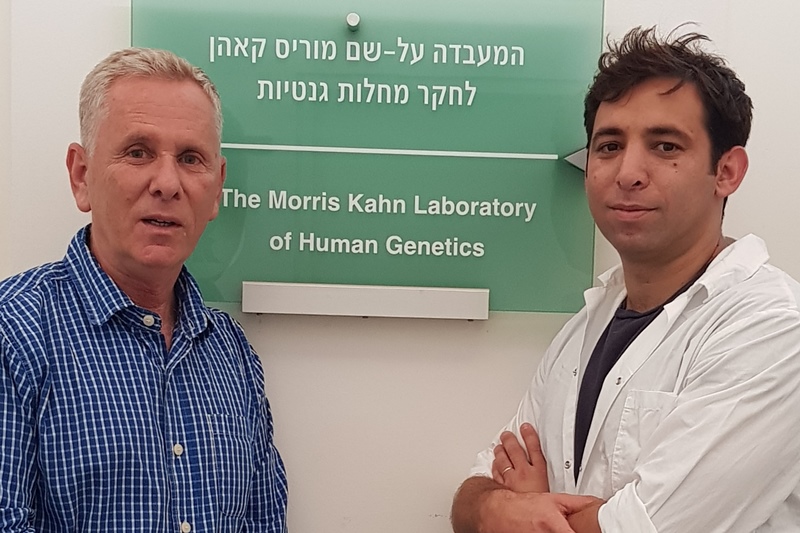Attention deficit hyperactivity disorder (ADHD) is a common childhood-onset disorder with unusual levels of hyperactivity and trouble focusing attention on a single task. While there is clearly a genetic predisposition to ADHD, the genes and the molecular mechanism of this common disorder are only partly known.
A study published recently in Nature Communications (open access) demonstrates that a mutation in a single gene, CDH2, can cause ADHD. Moreover, insertion of the human mutation in the homologous mouse gene using CRISPR, caused hereditary hyperactivity in mice.
CDH2 encodes N-cadherin, which is known to act in the formation and activity of synapses in the brain. The study further demonstrates that the mutation in CDH2 alters the activity of N-cadherin, affecting downstream molecular pathways and dopamine levels in both the ventral midbrain and prefrontal cortex, brain structures known to be involved in ADHD. Thorough electrophysiological and molecular analysis of neurons of the mutant mice demonstrated the precise effects of the mutation on synaptic transmission, with impaired presynaptic vesicle clustering, attenuated evoked transmitter release, and decreased spontaneous release.

Prof. Ohad Birk (left) and his MD-PhD student Daniel Halperin
The study was conducted as part of the MD-PhD thesis of Daniel Halperin, guided by Prof. Ohad Birk at the Morris Kahn Laboratory of Human Genetics of Ben-Gurion University of the Negev and the Genetics Institute at Soroka Medical Center (Beer-Sheva, Israel). Dr. Alexandra Stavsky, Dr. Daniel Gitler, Dr. Gal Meiri, and members of the Birk lab also participated in the study.
"In addition to the scientific importance of finding a clear delineation of a novel genetic basis and molecular pathways for ADHD, both the mutant human cells and the mouse strain carrying the human mutation can serve as an effective model system for the discovery of novel medications for ADHD," says Prof. Birk. Such studies have now been initiated by the Birk team at BGU’s National Institute for Biotechnology in the Negev (NIBN).

Hyperactivity in the mutant mice:
6-minute video capture of a CDH2 mutant mouse (right) and its healthy non-mutant sibling (left).
The study was supported by the Israel Science Foundation and the Morris Kahn Foundation.
Media Coverage:
The Times of Israel
JPost